Top 9 Things To Consider While Purchasing A Horse Steel Barn
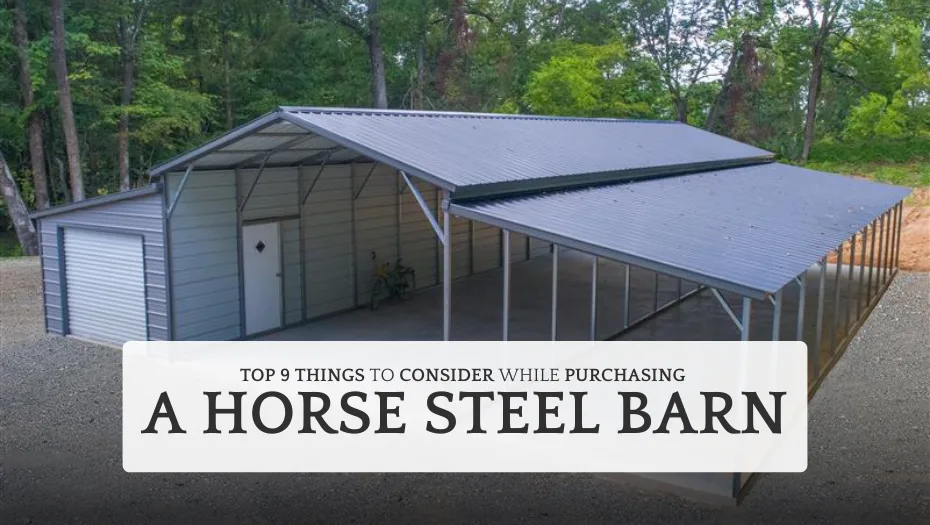
Did you know the United States is home to over 6.7 million horses, and the total economic impact of the horse industry is $177 billion, creating 2.2 million jobs? Wooden stables are mostly in use to shelter them, but more owners are switching to steel. Why? Because metal horse barns are tough, fire-resistant, and need very little upkeep. They stand strong through changing seasons and protect animals better than wood barns.
This guide walks you through the 9 most important things to think about before buying. From layout to ventilation, we will help you make smart choices that fit your land, your horses, and your long-term goals.
1. What Site Preparation Do I Need Before Installing A Metal Horse Barn?
Before you build, you need to prep the land, and that’s not just about picking the right spot. A well-prepared site helps your barn last longer, stay dry, and work better for daily chores. But how to prepare the site for metal barn installation? Since you are going to shelter equine, you must take care of –
- How water flow,
- How truck move, and
- Where do your utilities come from!
1.1. Topography – Choose a land that’s mostly flat with a slight slope away from the barn to keep rainwater from pooling.
1.2. Accessible – Make sure to clear the path for hay deliveries, vet visits, and manure removal.
1.3. Closeness To Utilities – Pick a spot that’s close to water and electricity to power fans, lights, and automatic waterers without expensive line extensions.
2. How Do I Choose The Right Horse Barn Size, Stall Size, And Layout?
How many horses do you have, and how many might you have later? Horses are not a one-time investment; herds grow, need change, and barns must be ready for it.
2.1. Barn Size – Start with your current need, but plan ahead. A 40 x 60 barn with a central aisle can fit 8 stalls with space for feed, tack, hay, and grooming. Use the ‘Plus One’ rule and build at least one extra stall for emergencies, new arrivals, or visiting horses.
2.2. Stall Size & Layout – Different horses need different stall sizes. For example,
- 12′ x 12′ for full-sized horses
- 12’ x 14’ or 14’ x 14’ for large breeds like drafts
- 8’ x 8’ or 10’ x 10’ for ponies and miniatures
Make sure to include space for tack room, feed storage, and wash stall or grooming area. Make sure to leave some room to expand as your herd grows. But, how to add a horse stall to your barn? Simply, choose the right barn style.
2.2.1. Central Aisle Barn – It has stalls on both sides of a wide aisle and is best for colder areas.
2.2.2. Shed Row Barn – It has stalls in a single row with an open layout and is perfect for warmer states with good airflow.
2.2.3. Lean-To/ Run-In Shed – It’s a simple three-sided shelter for pasture horses and ideal for quick shade and weather protection.
3. How To Plan Budget For Prefab Horse Barns?
Prefab horse barn prices can range from $15 to $25 per sq. ft. for the basic structure. With a solid budget, you can stay on track and avoid delays. Here’s what to factor in –
3.1. Prefab Kits Vs. Custom Builds – Prefab barns start at around $15 per sq. ft., while custom steel buildings with full installation can go over $45 per sq. ft. For example, the cost of a 42 x 26 horse barn, with 12 ft. height, starts at $12866. You can customize color, side walls, etc., as per your need, climate, and budget.
3.2. Foundation Costs – Most barn sits on a concrete slab that costs about $4 to $8 per sq. ft., but you can choose affordable options like gravel pads or leveled ground (less durable).
3.3. Permits And Local Rules – Every county has its own building codes, and permits can add $1000+ and take time to process. So, check in with your local zoning office before designing a barn for horses.
4. What Insulation And Ventilation Options Are Best For Metal Horse Stables?
4.1. Ventilation And Airflow – You can use ridge vents, gable vents, and open eaves to let fresh air move through the barn naturally. To boost air circulation, choose ceiling fans or cupolas. An adequate ventilation system in a horse barn will reduce ammonia buildup from urine, breathing problems, and keep your barn smelling fresh.
4.2. Insulation And Climate Control – In hot summers, metal horse stables can feel like ovens, but with reflective insulations like double bubble or woven R17, you can keep things cool. In cold states, consider radiant heating or heated water lines to protect your horses and equipment.
5. How Many Doors Should I Include For Easy Access In My Horse Prefab Barn?
Doors That Work For Horses – Plan for a wide path, smart door placement, and smooth access for vehicles and chores. You can use sliding doors to save space and avoid swinging panels that can spook horses, and include Dutch doors on stall fronts so horses can look out safety.
TIP: Add automatic or remote-controlled doors for convenience, especially in busy barns.
Site Access And Movement – Keep aisleways at least 12 ft. wide so horses, hay wagons, and equipment can move easily, and to clear the path for manure removal, vet visits, and daily chores.
Note that installation cost can go up if your barn site is remote or hard to reach. So, check whether delivery trucks, trailers, and service vehicles can get in and out without trouble.
6. What Water Supply And Drainage Setup Is Needed For Pre Built Horse Barns?
Make sure to install frost-free hydrants and water lines to each stall to ensure horses have access to clean water year-round, even in freezing conditions. Add floor drains in wash bays and grooming areas to avoid puddles or standing water.
Make sure the site has a slight slope away from the barn to prevent flooding and add a slight slope around wash stalls, towards the drain or channel, to keep the area dry and safe. You can use non-slip flooring in wet zones to reduce the risk of horse injuries.
NOTE: Poor drainage can lead to muddy paddocks, which become breeding grounds for bacteria and cause hoof problems like thrush or abscesses.
7. How Do I Keep My Steel Horse Barn Safe And Fire-Resistant For Daily Use?
Steel pre built horse barns are naturally fire-resistant as they don’t ignite, warp, or feed flames. You can install smoke detectors, fire alarms, and fire extinguishers in key zones like tack rooms, feed storage, and grooming areas.
Be sure to keep electrical wiring in protective conduit and away from hay, bedding, or flammable materials. Keep all doors securely latched to prevent horses from getting a leg or hoof stuck.
TIP: Stall doors should be secure, easy to operate, strong, smooth, and built to withstand horse movement without any sharp edges. A popular choice is 2-inch thick tongue-and-groove lumber mounted over the steel frame.
8. What Type Of Foundation And Flooring Works Best For Steel Horse Stables?
- A concrete slab is ideal for aisleways and tack rooms since it is durable, easy to clean, and long-lasting.
- You can opt for compacted gravel or stone dust topped with rubber mats for stall floors. It is ideal for comfort and drainage under flooring that will prevent rot, mold, and slippery surfaces.
- Select proper rubber matting over concrete to reduce noise, add comfort, and protect horse joints. You can also add a broom finish or textured surface for better traction.
TIP: Avoid bare dirt floors as they absorb moisture, attract pests, and can lead to mold or hoof issues.
9. How Much Space Should I Plan For Storage And Utility Areas In My Barn?
- Include a dedicated space for feed, hay, tack, grooming tools, and medical supplies.
- You can also use wall-mounted racks, cabinets, and lockable storage to stay organized and keep supplies safe.
- By adding a separate utility room for electrical panels and plumbing access, you can keep systems protected and easy to service.
- Consider a tack room to store saddles, bridles, and grooming supplies, while ensuring feed and hay are stored in a dry, well-ventilated area, away from pests.
Bonus: Should I Go With Prefabricated Horse Stables Or A Custom Design To Future-Proof My Setup?
From Blueprints To Hoofprints, Build The Barn They Deserve
Your barn is not just a building, but a safe space for your horses to rest, breathe, and thrive. When planning, think beyond looks by focusing on –
- Airflow for fresh breathing
- Safety from fire and pests
- Flexibility for future upgrades
With prefabricated horse stables and thoughtful design, you can build a barn that lasts for decades and keep your horses happy every day.
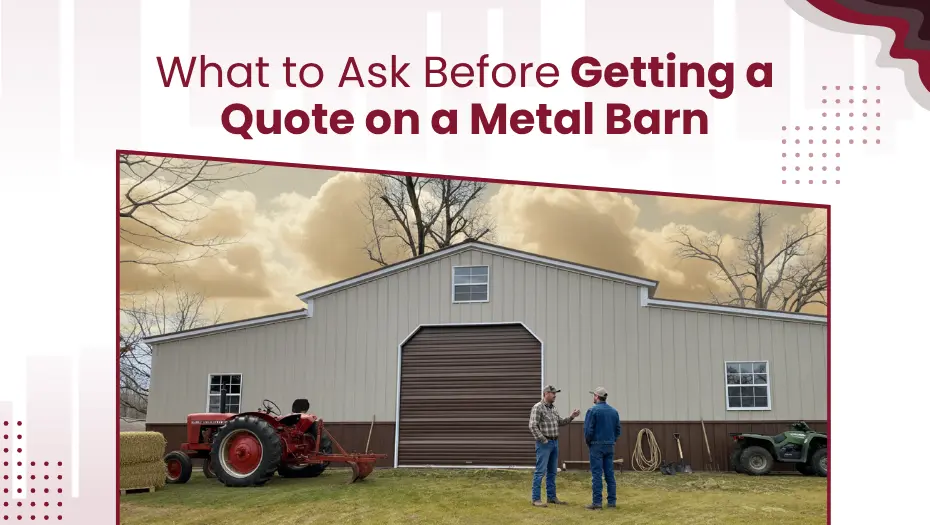

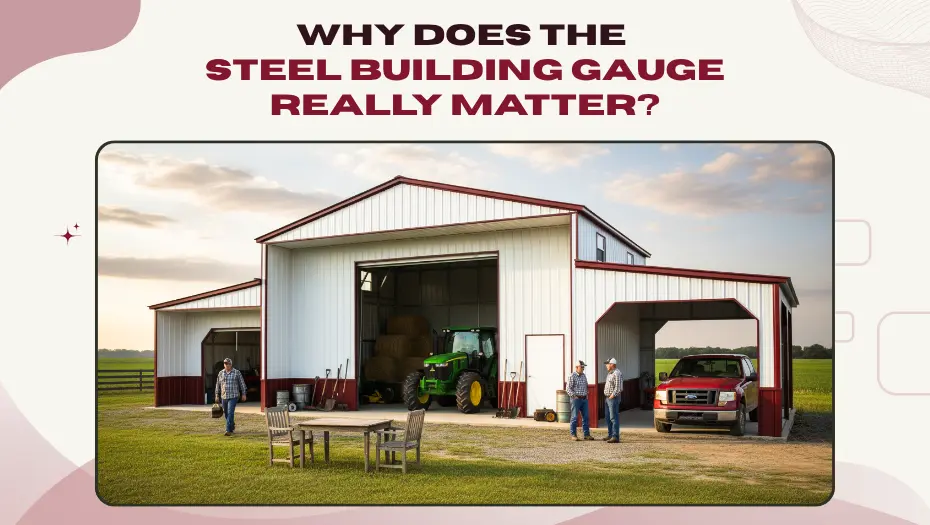
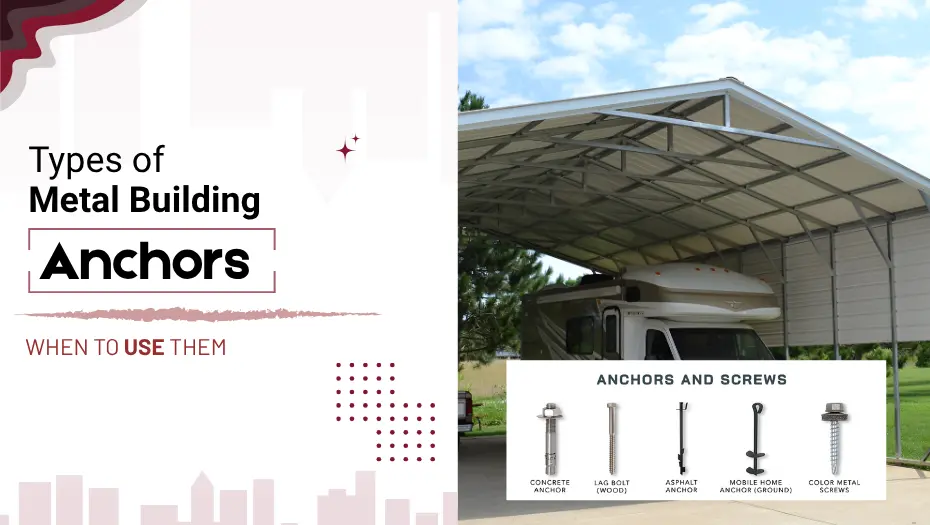
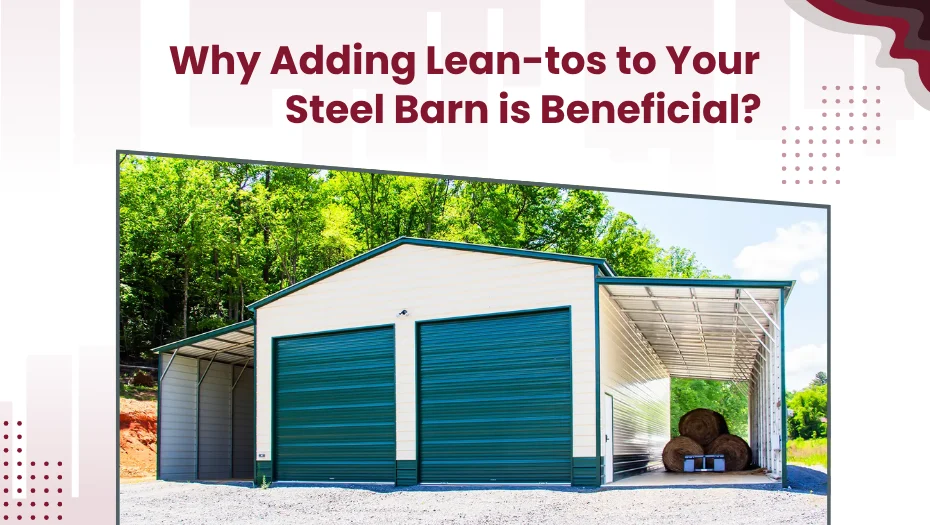
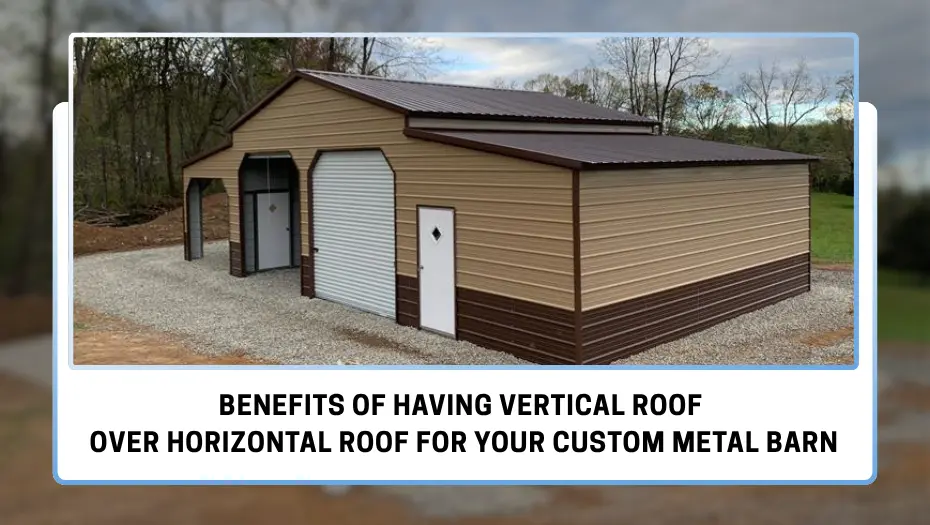
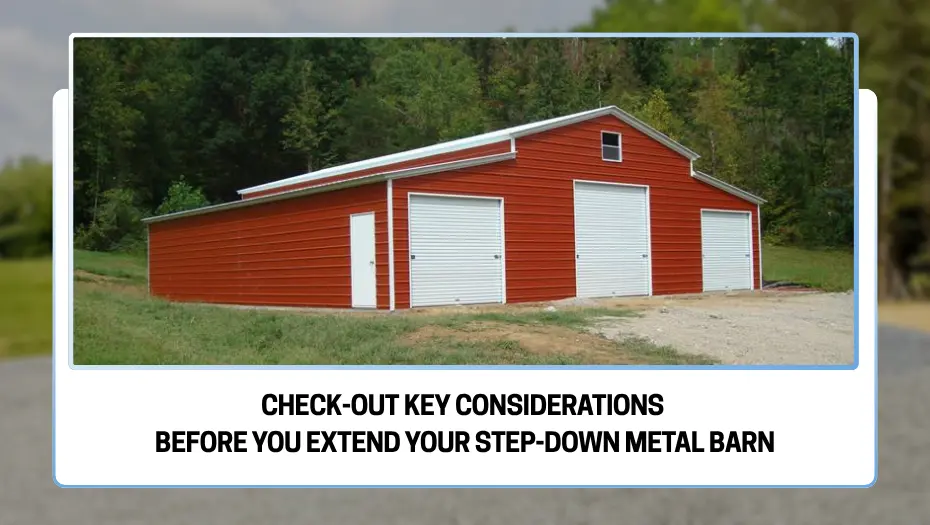
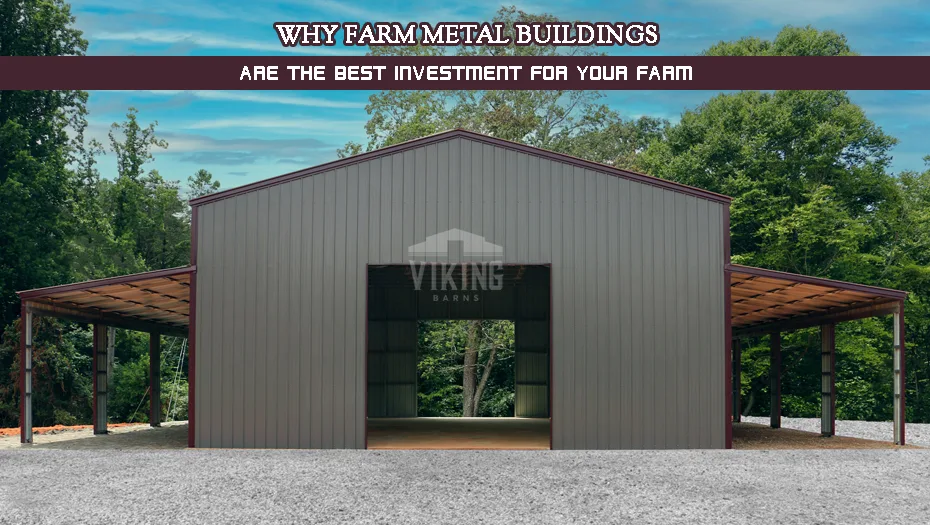
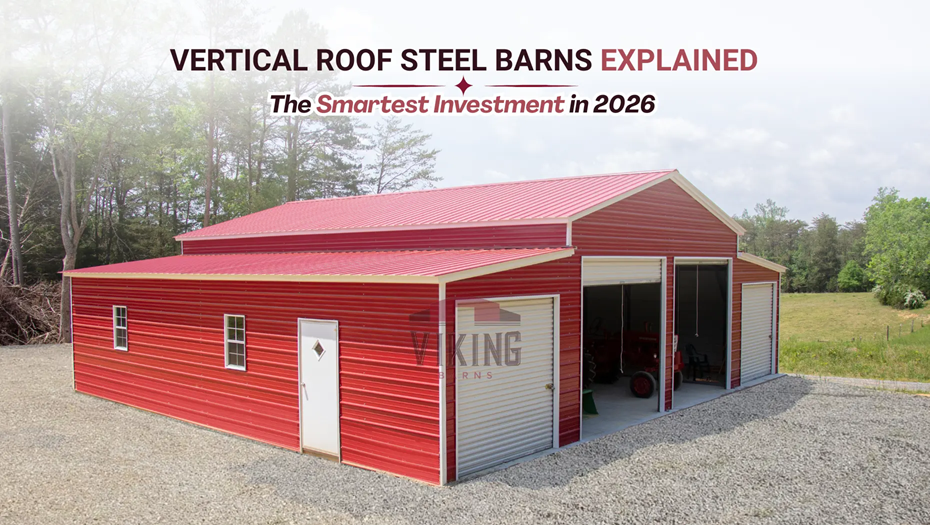
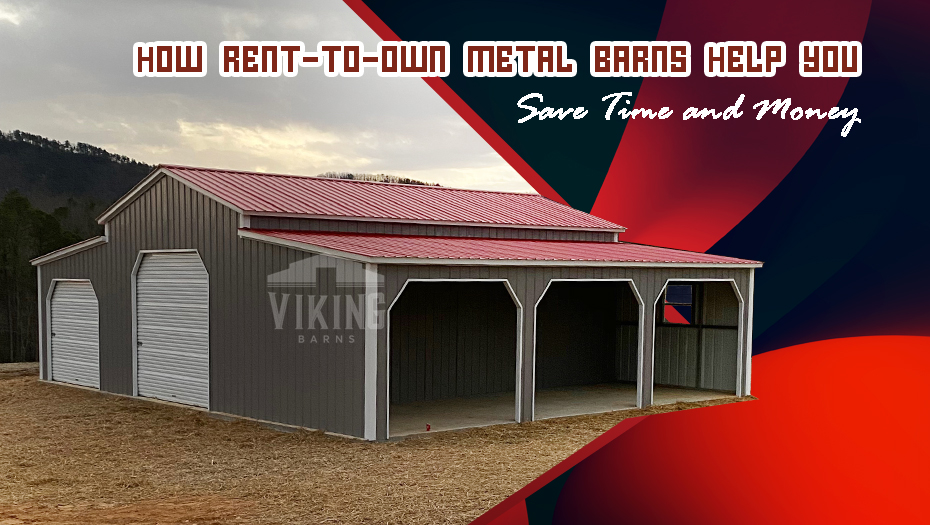
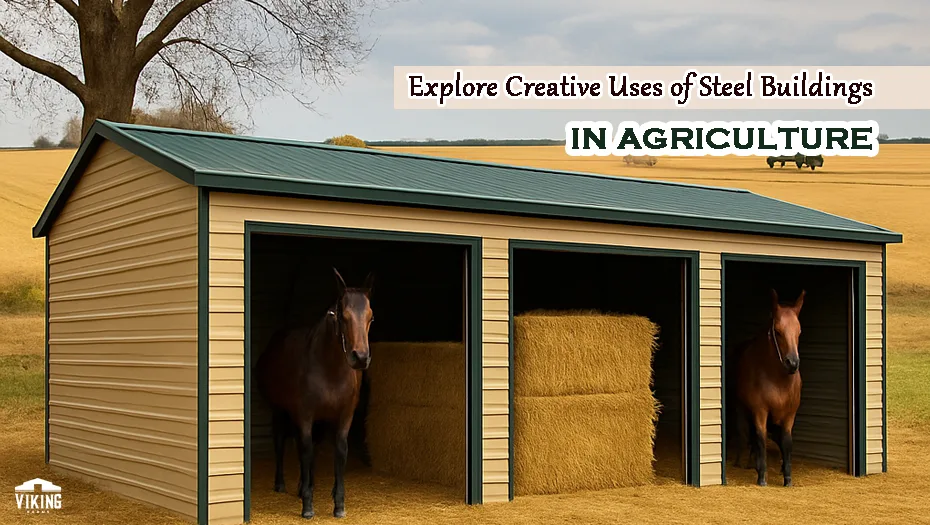

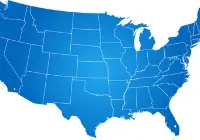
 Alabama AL
Alabama AL

 American Steel Carports Inc.
American Steel Carports Inc.